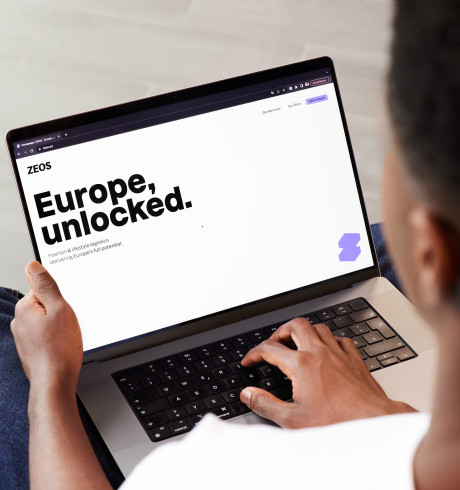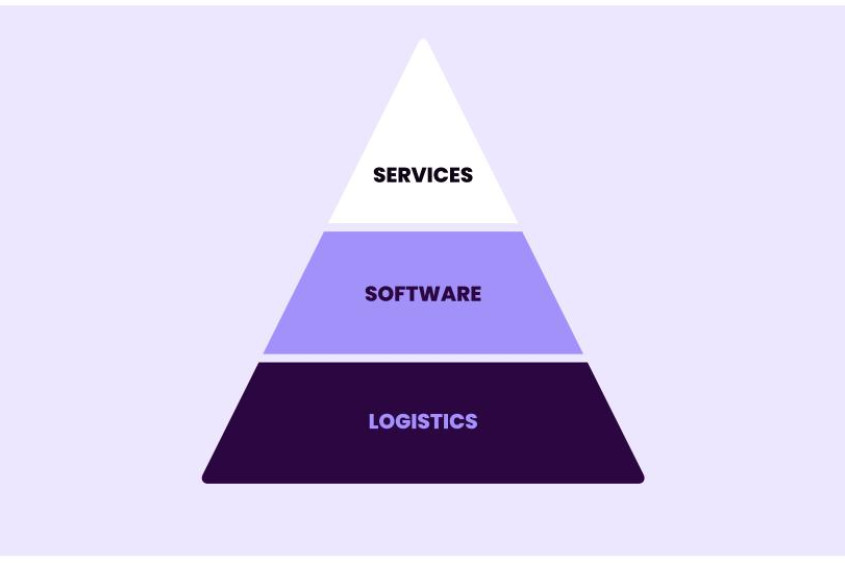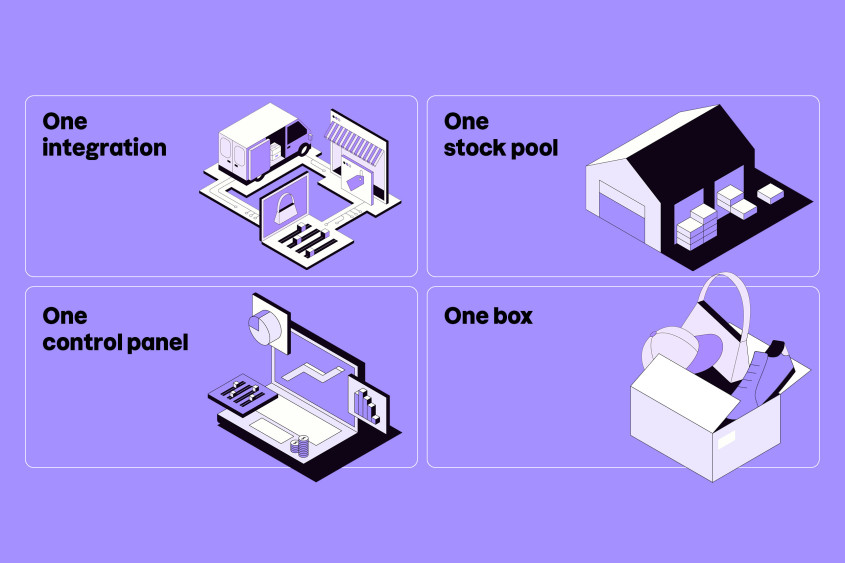The operating system for e-commerce across Europe – way beyond Zalando
The operating system for e-commerce across Europe – way beyond Zalando

Zalando is evolving its strategy to build an ecosystem for fashion and lifestyle e-commerce. Becoming an ecosystem will enable Zalando to cover a larger share of the fashion and lifestyle market, as well as deepen relationships with customers and partners. ZEOS, the new B2B brand launched in autumn 2023, is an important pillar of this strategy, as it supports brands and retailers with successfully running their e-commerce business – way beyond Zalando.
Europe is complex: a combination of unique markets
Europe is often seen as one large market like the US or China, but in reality, Europe is a combination of many individual markets. In the US, most people speak the same language, pay in US dollars, and have their parcels delivered by one of the major US carriers. In Europe, there are over 40 different countries with more than 30 languages and currencies, numerous preferred payment methods, and a big variety of local logistics providers. In addition, consumers in different European countries have very different shopping habits and preferences. For example, delivery at home is preferred in Germany, while Polish consumers want to collect their parcels from a parcel locker.
To make things even more complex, each European market has a different mix of sales channels that are locally relevant, for example, ASOS in the UK or La Redoute in France. If brands want to fully capitalise on Europe's potential, they need to take all these factors into account and be active on multiple sales channels.
Costly and inefficient: challenges for brands and retailers
As a result, brands and retailers face significant challenges when serving customers across markets and channels in Europe. Firstly, they need dozens of integrations both on the channel and the market level. They have to map out their data, connect to each individual channel, and integrate into dozens of payment providers and last-mile carriers to provide a localised experience in each market. Secondly, they end up with split inventory. Some of the stock sits with marketplaces, some in brands’ own warehouses, and the rest with third-party logistics providers – which means articles can’t be moved around amongst different channels and markets, leading to overstock in some channels and becoming out-of-stock in others.
Thirdly, brands struggle with a lack of transparency and insights into their online business as a whole. They have to deal with multiple dashboards and siloed product intelligence, unable to connect product performance to trading and inventory management decisions. Lastly, as a result of multiple integrations, split inventory, and lack of control, they end up sending unnecessary parcels, when one customer order is split into several parcels and shipments.
Backed up by years of experience and Zalando’s capabilities
Over the past 15 years, Zalando has successfully expanded across Europe, gaining valuable experience, building a unique technical backbone, and investing in a pan-European logistics network tailored to fashion and lifestyle. With the launch of the Partner Program and Zalando Logistics Solutions, these assets have been opened up for partners selling on Zalando. Watch the video to find out more:
Going multi-channel: Enabling e-commerce on Zalando and beyond
With ZEOS, Zalando is working on an operating system for e-commerce and will continue to externalise its unique capabilities to all brands and retailers in the fashion and lifestyle industry. In the future, this will be centred around three propositions: Logistics, Software, and Services. Logistics is the infrastructure layer, giving brands access to Zalando’s 12 fashion-specific fulfilment centres, 20 return centres, and 40 local carriers. Software is a layer of digital services to integrate with marketplaces like ASOS or About You and to provide them with insights and recommendations to steer their business. Thirdly, Services as a complementing layer, where we plan to integrate third parties, e.g. content providers or finance and tax consultants. These three layers will be seamlessly integrated, but they can also be used in a modular way, depending on brands’ needs.

Four outstanding value drivers
When it comes to how ZEOS can solve the challenges for brands and retailers and create value, it boils down to simplification: one integration to access all sales channels, instead of dozens of individual entry points, one stock pool instead of split inventory, one control panel instead of different stand-alone tools and one box instead of too many parcels being sent around.

With one integration, ZEOS connects the dots for a seamless e-commerce journey. A brand that used to deal with multiple integrations into various marketplaces and carriers can integrate into an unlimited number of providers in one go, and update their data all in one place. One stock pool means that all the inventory a brand wants to sell is centrally stored in our warehouses. The stock then can be seamlessly moved across all enabled sales channels, ensuring optimal stock levels and maximum assortment availability.
One control panel will connect consumer demand data with the decisions brands need to take about their production and supply chain and help them make the best call on which channels and in which markets they should sell their assortment. ZEOS will give them full visibility and control over their multi-channel and multi-market e-commerce journey, fuelling their profitability, for example, by forecasting consumer demand. Last but not least, ZEOS will increase the efficiency with one box delivery as multiple brands can use the same fulfilment network and orders can be bundled, benefiting costs and the environment.
AWWG group, the company behind Pepe Jeans, Hackett, and Façonable, is already using ZEOS to manage their sales on several European marketplaces. The following video shows how the company has gradually entered new sales channels and markets with the help of ZEOS: